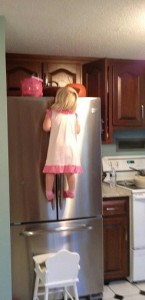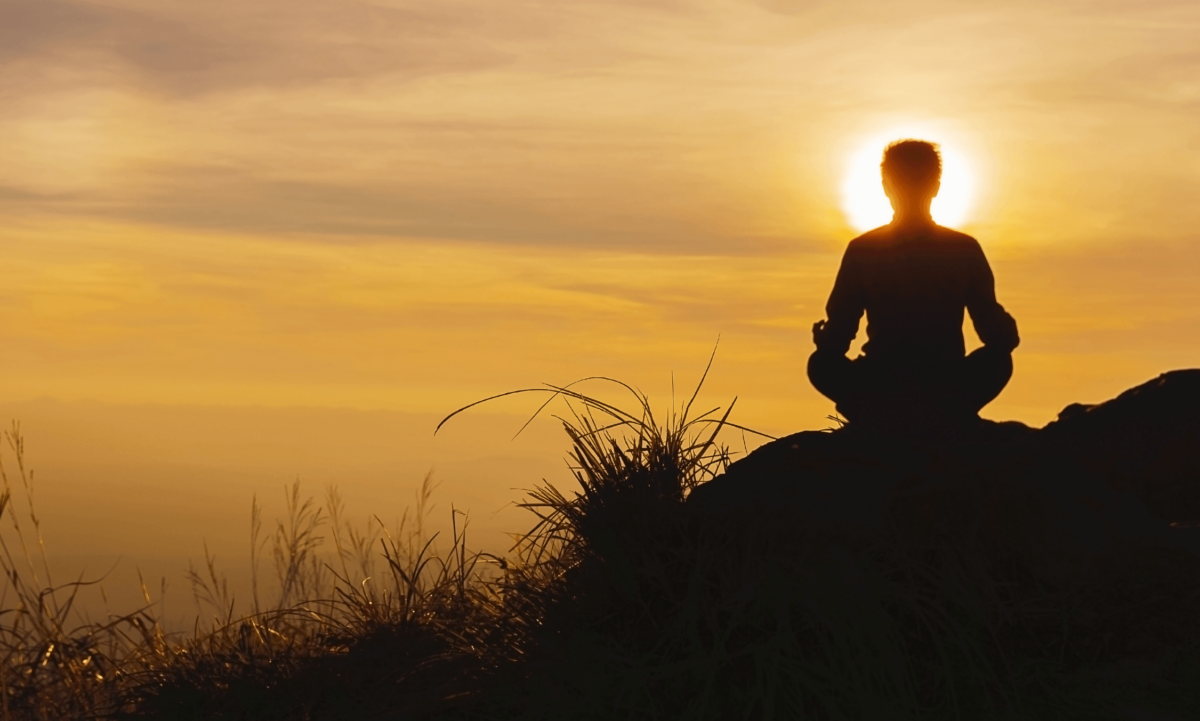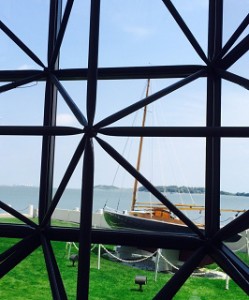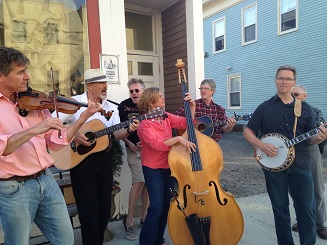When the dust settles and Salt Institute’s fate is sealed, this story will make one heck of a case study.
Let me introduce you to Salt Institute for Documentary Studies (Salt). Information from the About page on its website says that Salt is:
 a non-profit school in Portland, Maine offering semester-long intensive programs in documentary writing, radio, photography and new media with a focus on powerful and responsible storytelling. We also exhibit documentary work in our gallery and host documentary-related events.
a non-profit school in Portland, Maine offering semester-long intensive programs in documentary writing, radio, photography and new media with a focus on powerful and responsible storytelling. We also exhibit documentary work in our gallery and host documentary-related events.
Students come from all over the US and other countries for fifteen weeks of intensive field research, workshops and seminars. Throughout the semester, students gather cultural materials and develop their craft to create documentaries of professional caliber.
What Salt does has been called ethnography, storytelling, cultural journalism, oral history, folklore, qualitative sociology, documentary photography, visual anthropology, non-fiction writing, NPR-style radio and long-form journalism. But we are less concerned about what to call what we do than how we do it.
Salt’s Board of Directors announced in mid-June that Salt would be closing its doors. The Portland Press Herald reported that the decision was based on the organization’s financial status and the inability to find a replacement for the executive director who had indicated she would be leaving the institution. Alumni were notified by letter after the decision was made to close Salt. A group of those alumni quickly formed Save Salt! and prepared a proposal which they presented to Salt’s board in an attempt to keep Salt from closing. Maine College of Art also reached out to the board to investigate some options available to Salt.
A month and a half later, The Boston Globe reports that “Maine’s Salt Institute may have found a saving plan.” And, hold onto your shorts for this one: Salt’s executive director and board chair “acknowledged that the school’s skeleton staff has had no time to seek corporate sponsorships or conduct fund-raising drives.” Say what? A nonprofit educational institution found no time for an annual campaign? Oh. My. Goodness.
Yes, I can be called a Monday morning quarterback and criticized for simplifying the situation. I wasn’t involved with the day-to-day decisions that had to be made at Salt. I’m relying on news reports and alumni comments for information in this post. And, of course, it’s often much easier to look back on a situation and see where the train went careening wildly off the tracks. That being said, Salt has offered up a variety of lessons for nonprofit staff and volunteers. Let’s take a look at three of those lessons.
- Put the structure in place to ensure sustainability of your organization. That structure includes staff, volunteer committees, plans to support the organization’s mission and vision. While this sounds simple enough and logical enough, Salt really missed the boat on this one. (Unfortunately, Salt is not alone on this one.)
- Identify and stay connected with your supporters. There are lots of “what ifs” to take a look at here:
- What if they had created a sense of urgency rather than a sense of desperation?
- What if they had connected earlier with alumni?
- What if they had reached out to the business community?
- What if they had reached out to the community that visited their exhibits?
- What if they had implemented robust fundraising and marketing campaigns?
- What if volunteer committees (in addition to the board) had been formed?
- What if tuition had been increased (currently at $10,000/semester)?
- What if they had reached out to collaborate with other arts organizations?
I’ll stop here, but you get the point. This is a quick list of low-hanging fruit.
- Ask for what you need. Whether it’s volunteer hours, donations of equipment, or the mighty dollar that will ease your organization’s burden, you won’t get it if you don’t ask for it. When your community knows what you need, it’s amazing what they’ll do to support nonprofits. Again, there are so many ways to connect with your community and let your followers know how they can help your organization. Those fundraising and marketing plans mentioned above – they come in handy here.
The announcement that Salt was closing its doors was met with surprise and shock by its alumni. Instead of accepting closure as Salt’s destiny, however, alumni are putting their storytelling skills to work as they rewrite the next chapter of Salt’s history. I look forward to seeing the stories that future storytellers of Salt will share with us.
do good work | share your story | advance your cause
 How much time do you spend setting goals for your business and personal lives? And do you stack the deck in your favor by limiting the challenging goals so that you’ll be able to check off a lot of items with little effort? Or do you strategically set goals that challenge you, your colleagues, your family?
How much time do you spend setting goals for your business and personal lives? And do you stack the deck in your favor by limiting the challenging goals so that you’ll be able to check off a lot of items with little effort? Or do you strategically set goals that challenge you, your colleagues, your family?















